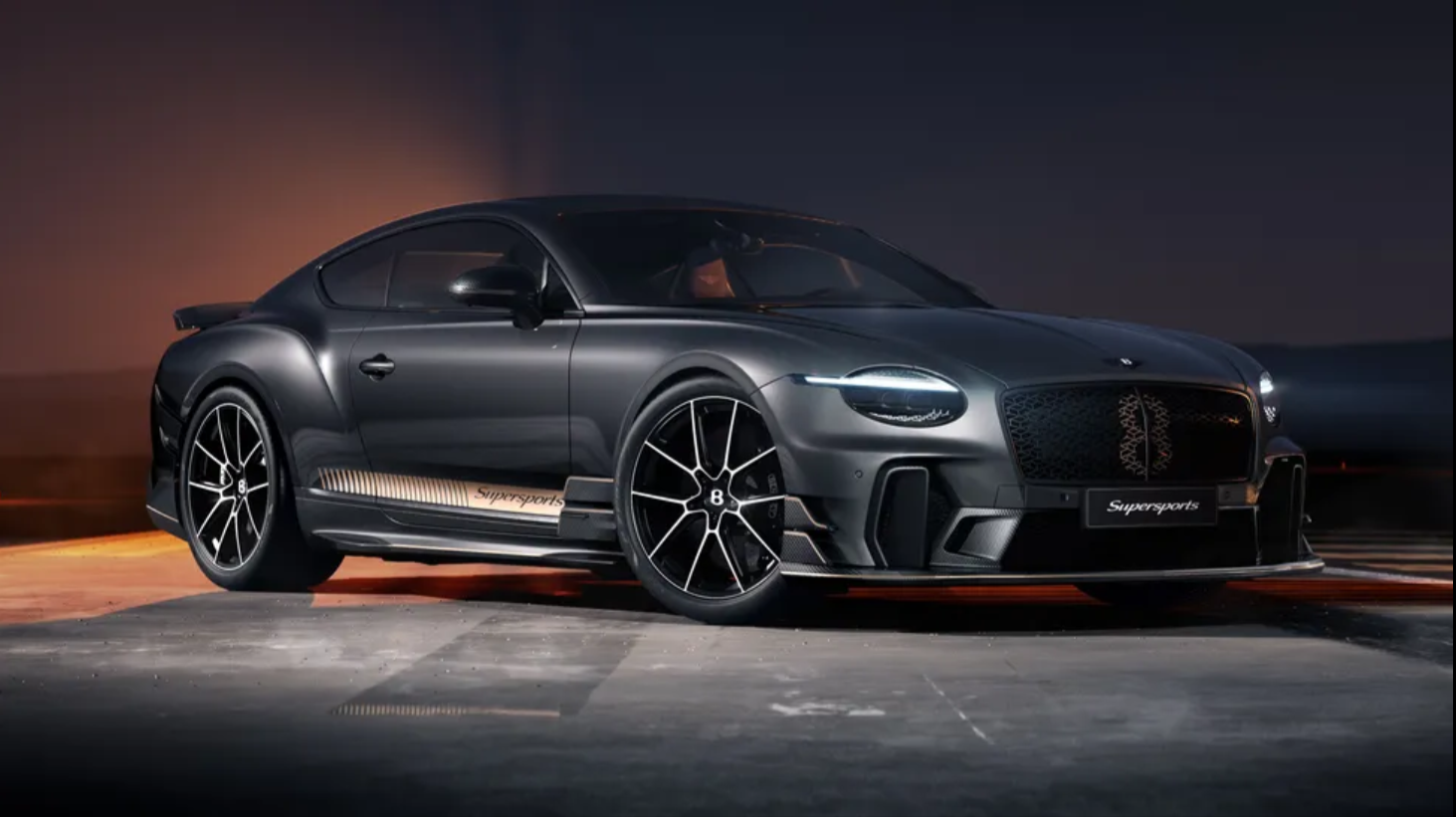Fair odds that anyone over 40, upon seeing Ford’s new interpretation of the Capri, will spend five minutes simply saying, “That’s not a Capri, though, is it?” Despite the Ford marketing department’s tenuous proclamations that this new Capri is “what the Capri would have been” and that “the legend is back,” there’s precious little carryover from the long-bonneted two-door coupe that always seemed to smell strongly of four-star petrol to this five-seat, tall-riding, five-door semi-SUV.
That also happens to be pure electric. Suspension of disbelief is necessary, and the reality of spending many millions of pounds establishing a new nameplate must be taken into account. Ford’s just using what it’s got - see Puma for details.
Still, there are some hints of Capri in there. The ‘dogbone’ front end treatment that links the headlights is vaguely familiar, and ‘Capri’ is still spelled with the same letters. After that, it’s a beetle-backed electric SUV based on the Explorer. Ford did a deal with VW a while back to share some elements of electric production, so the Explorer is a re-worked ID.4 and the Capri is an ID.5. Simple, really.
And taken as is, the Capri isn’t bad-looking at all. Slightly generic in that there’s a definite hint of Polestar in the C-pillar, and the stance is that weird EV non-SUV height, but the sense of unfashionable fashion means it’s unlikely to date particularly quickly. And yes, there’s a lot of Explorer in there (doors, bonnet, bumpers etc.), but that doesn’t hurt it.
From launch in the UK, there will be two models, both designated ‘Extended-range,’ in either standard or Premium trim. The current base version is a 212 kW single-motor rear-wheel drive that gets a 77 kWh battery and 628 km of possible range, good for 0-100 km/h in 6.4 seconds.
The quicker all-wheel drive version gets a pair of motors for 250 kW and a 5.3-second 0-100 km/h time, with a still very good 592 km of range on the WLTP cycle. That costs four grand more, with Premium spec on both adding nice toys and a bit more to the bottom line. Worth noting that after the initial mine of early-adopter wallets, there’ll be a rear-wheel drive version with a smaller 52 kWh battery.
As for convenience, the 77 kWh car gets 135 kW max DC charging, the 79 kWh 185 kW, so that means 10-80 percent in 28 minutes and 26 minutes respectively, and they both get 11 kW AC, so pretty decent all round.
Inside, it’s pretty much like an Explorer: neat and well-made, with a 14.6-inch portrait touchscreen in the middle that can slide up and down to preference, which also reveals a ‘secret’ storage area behind, though that’s not very secret now. There are the usual ADAS and convenience features, and although the Capri’s tech is based on VW’s last-generation software (VW has already moved on), it seemed to work well in the car we saw.
There’s also a ‘megaconsole’ central storage bin that holds 17 litres of stuff, but while useful for keeping things out of sight, it feels more like a place to simply forget what you own in a giant hole. The rear seats are roomy but dark, the boot is big - at 627 litres loaded to the roof, it’s actually bigger than the Explorer. So it’s perfectly practical.
And as for the way it drives, we’ll have to see - although the Capri will have 10 mm lower suspension than the Explorer and a slightly more sporting bent, so it should be decent. Which means that if you want an electric SUV with a blue oval, you now have quite the choice between Mustang Mach-E, Explorer, and Capri.



















.jpg)


.jpeg)

.jpeg)
.jpeg)

